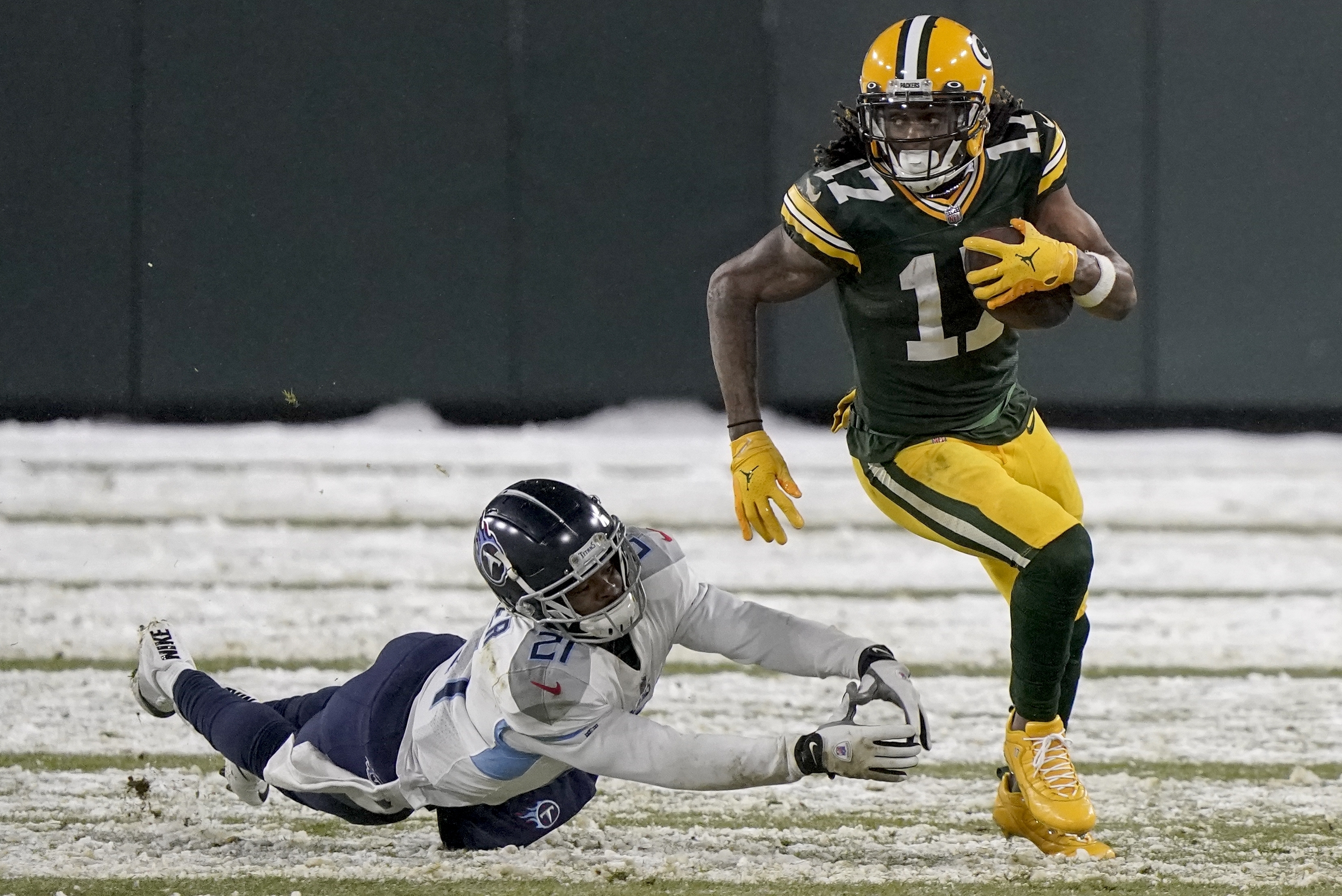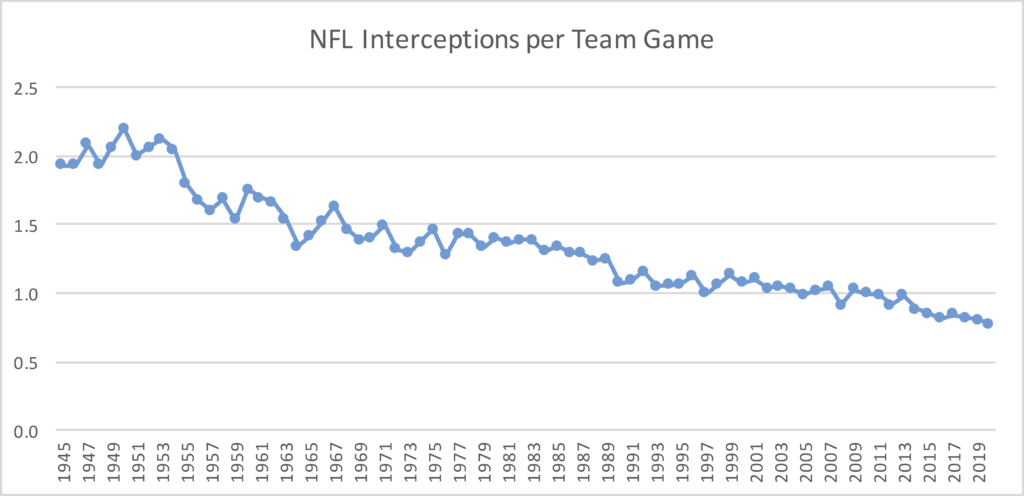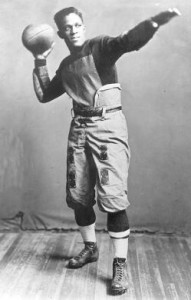On Monday, I looked at which receivers were the most productive on a per-team pass attempt basis. This is one good way to measure wide receiver production, but it is far from perfect.
Players on teams with bad quarterbacks will be harmed, as are players who are “competing” with really good receivers on their offense will be boosted. The two guys I’m really thinking of are Terry McLaurin (who ranked 23rd in ACY/TPA on Monday) and Allen Robinson (19th), two wide receivers we know are very good but had very poor quarterback play. [1]An interesting scenario is in Carolina, where the quarterback play was below average but D.J. Moore and Robby Anderson had to compete with each other.
So today I want to look at which receivers gained the largest share of their team’s receiving pie, measured simply as receiving yards in the games they played. Davante Adams led all players in percentage of team receiving yards, at 37.2%, and he did it while playing for the best passing offense in football. It is extremely rare for a wide receiver to both play for an incredible passing offense and have an insanely large share of the pie: it is one reason why Adams had one of the great seasons in receiving history in 2020.
Beyond Adams, who were the most impressive receivers in 2020? There might be some trade-off between being on a great offense and being on a bad one; all things being equal, it’s easier for Robinson or McLaurin to gobble up targets than say, someone in Tampa Bay or Kansas City’s offense. One way I like to measure receivers is to look at both the quality of the pie — i.e., how good was their passing game — and how big of a slice each receiver gobbled up. Getting a good-size pie on a great passing offense, a large chunk of a good passing game, and a huge chunk of a bad passing game are all about equally impressive if you think that players “compete” with their teammates for targets.
In the graph below, I’ve shown the percentage of the team receiving yards each receiver had in 2020 (limited only to the games they played) on the X-Axis, and their team’s passing efficiency (as measured by ANY/A) on the Y-Axis. I’ve also labeled some notable players who stood out. [continue reading…]
References
| ↑1 | An interesting scenario is in Carolina, where the quarterback play was below average but D.J. Moore and Robby Anderson had to compete with each other. |
|---|



